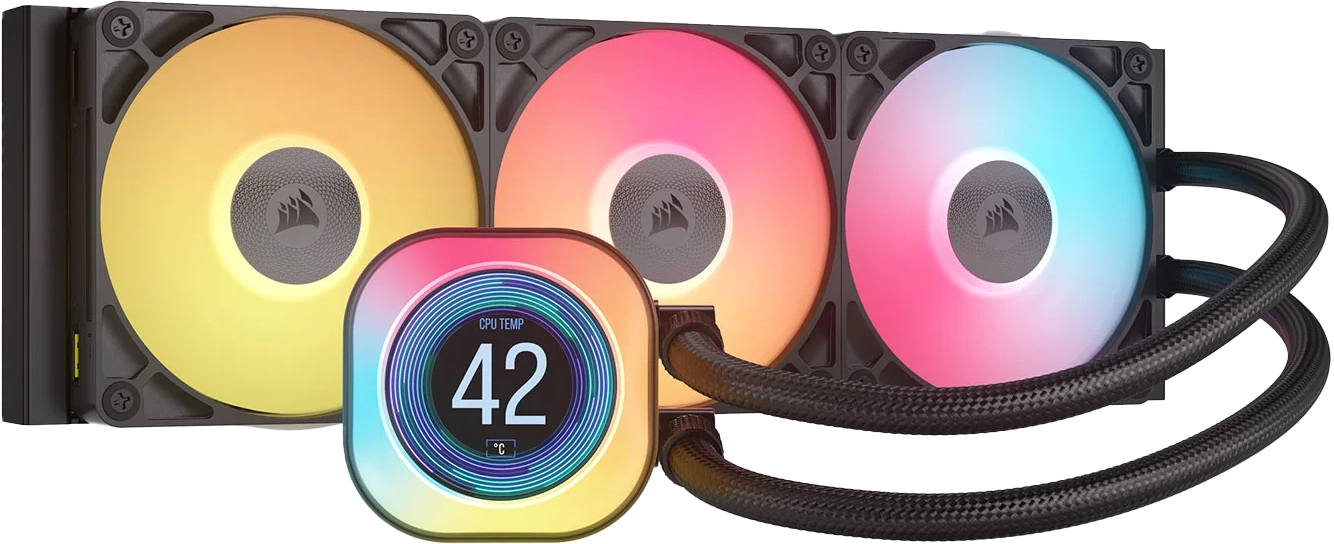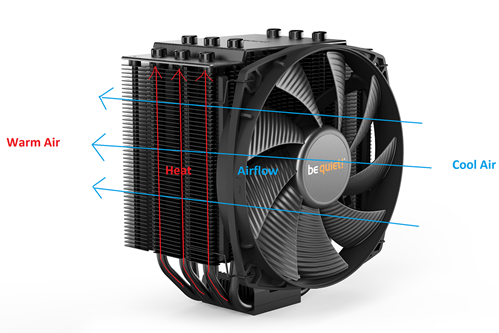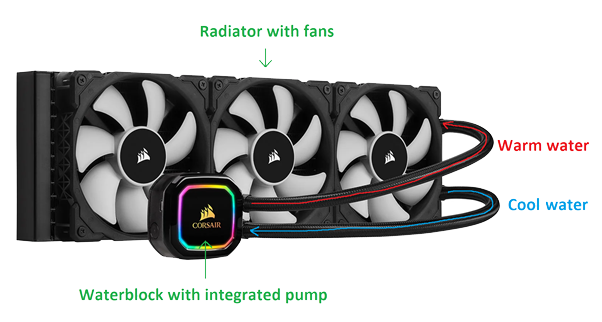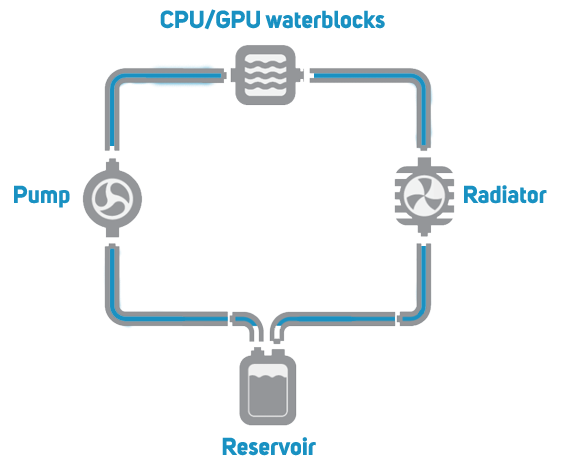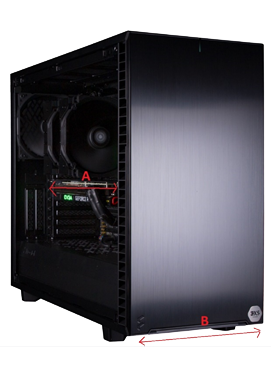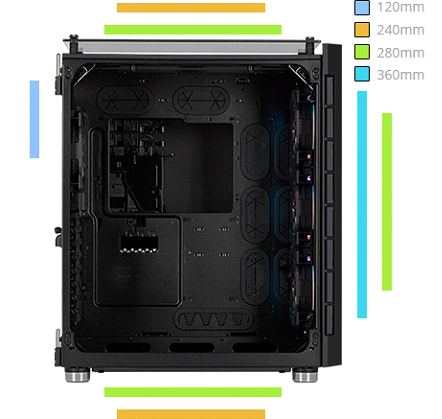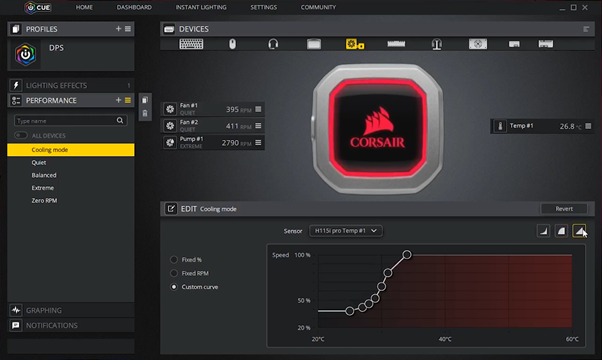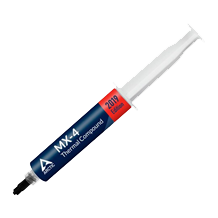Air Cooling Buyers Guide
CPUs or processors consume a lot of energy and without a cooler will overheat and shut down or could even be damaged. It’s critical therefore to choose an appropriate cooler for your CPU.
Before we get started it’s important to note that many Intel and AMD processors do ship with a cooler included in the box; you can check if a cooler is included in the Specifications tab of the CPU on the product page. As a general rule these boxed coolers do an adequate job, but are built to a budget so can be pretty noisy. It is therefore a good idea to consider buying a third-party CPU cooler as it should provide better cooling and be much quieter. What’s more, if you’re planning on overclocking the CPU for more performance from your PC then you will need to buy a higher-grade CPU cooler. This guide will show you what to look out for when buying a CPU cooler.
